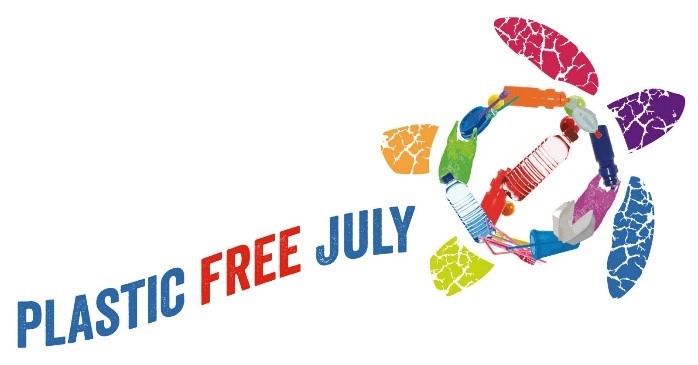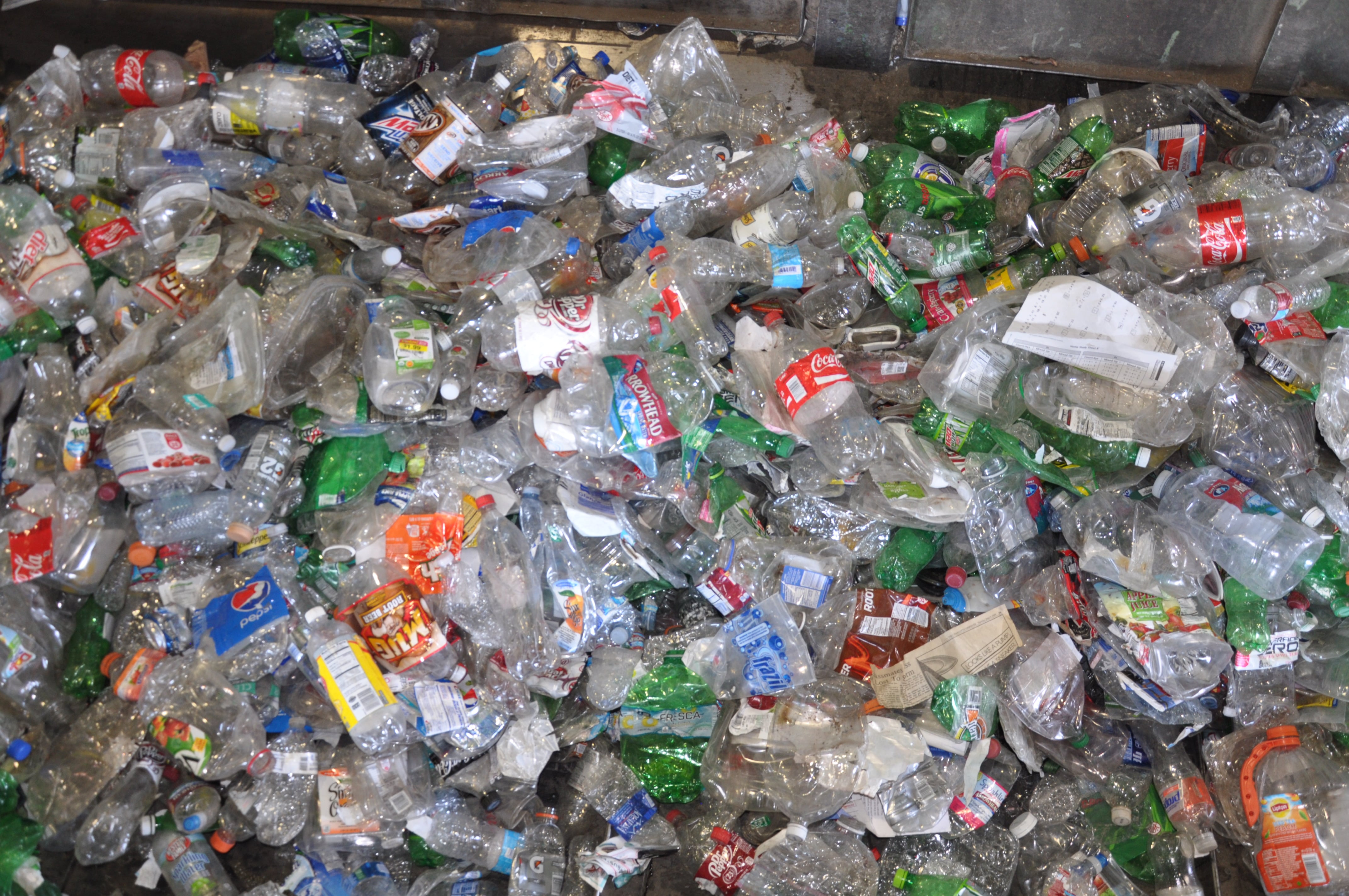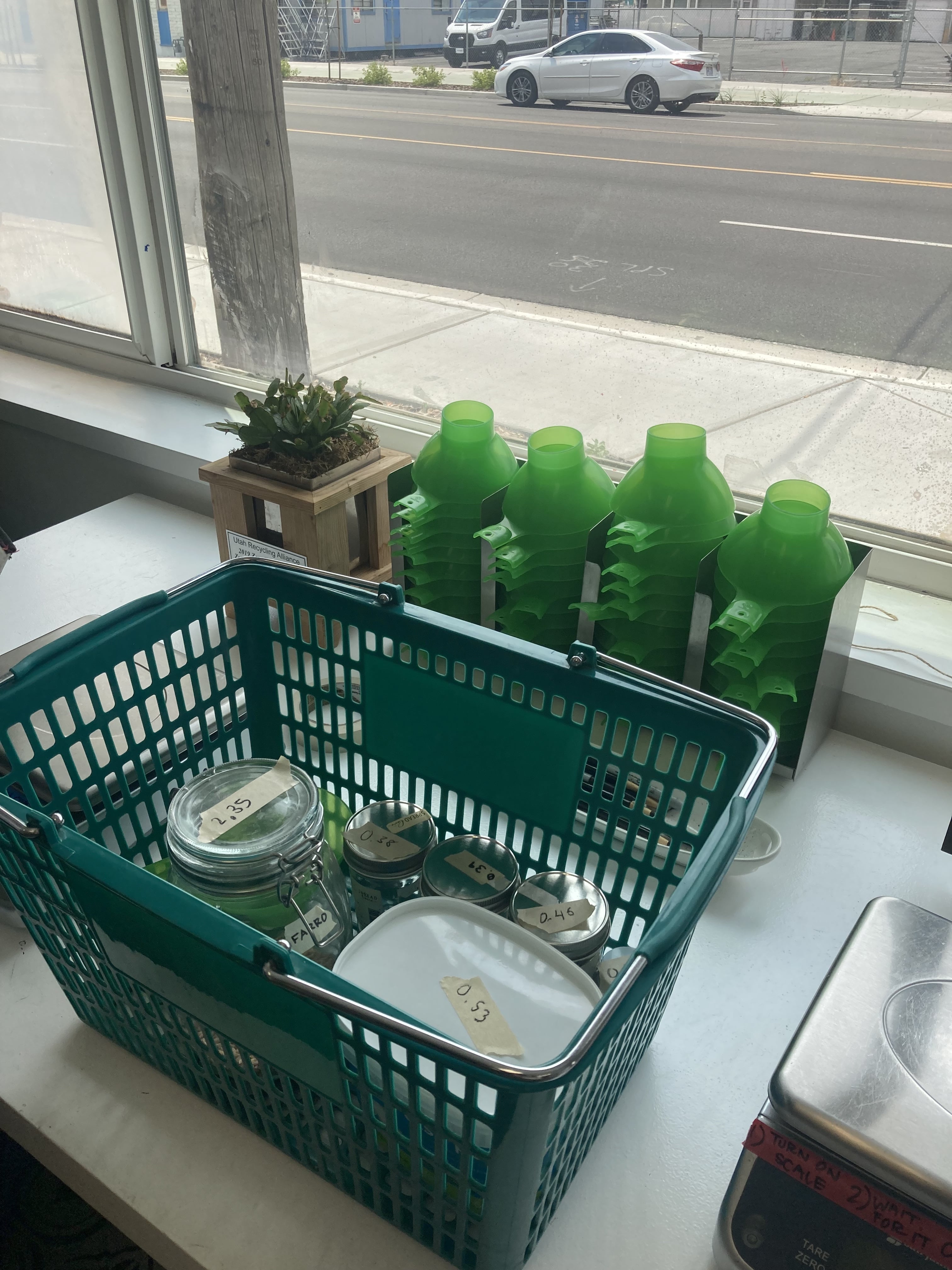By SLCgreen Intern Kate Kuwahara

What is “in” this season? Refusing, reducing, and reusing plastics for a more sustainable summer.
So … What is Plastic-Free July?
Plastic-Free July is an initiative started by the Plastic Free Foundation, an organization founded by Rebecca Prince-Ruis that works towards the vision of a plastic free world. Since its beginning in 2011, the campaign has spread across the world, amassing an estimated 89 billion participants. Over the last five years, participants have collectively avoided 1.4 billion kilograms of plastic.
The movement has inspired global action from Hong Kong to the Philippines to Melbourne. Examples include plastic free hospitality initiatives, community engagement centered on reusable alternatives, and refilling stations for household cleaning supplies and personal-care products.
Now, you may be wondering: why are single-use plastics such an issue?

Plastic poses serious health risks because of the toxic nature of the chemicals that are added during production. Exposure to these chemicals can happen relatively easily via inhalation, ingestion or dermal absorption. When plastics break down, they also produce microplastics that contaminate water, air and soil, which are linked to various health conditions. These can range from cancer and lung disease to birth defects and alteration.
Plastic production currently contributes 3-4% of global greenhouse gas emissions. This percentage is expected to triple by 2050, illustrating the significant impact that plastic has on climate change due to the use of fossil fuels in all stages of its production and degradation.
What about plastic alternatives?
You may have seen items with the label “biodegradable”, “bioplastic” or “compostable”. These names may lead you to believe that they break down fast and easily, providing a suitable alternative to plastic. However, this is not necessarily the case. Bioplastic only refers to the composition of an item and is not recyclable with the current infrastructure in Salt Lake City. Given that our composting operation uses open-air windrows and is not an industrial facility (where materials are fired at high heat), so-called biodegradable and compostable items are not compostable either.
That means that alternative plastics are still considered “single use,” which is another reason why it is important to reduce plastic use from the start.
The solution to plastic pollution is a complex one and is not solely the responsibility of the individual.
However, there are some everyday changes we can make to reduce our plastic footprint. I challenged myself to pay more critical attention to my plastic use and realized there were many areas in which I could improve.
- Alternatives to single use packaging: This required an examination of my groceries and exploring options with less packaging. Most produce, for example, can be bought without packaging and placed in reusable bags. As for coffee cups, I found it very easy to bring a reusable thermos with me, which many coffee shops will accept. Some even offer a discount when opting for that!
- Paying attention to sneaky plastics: Learning about personal care items that may contain plastic was eye-opening for me. Microbeads are often found in products like facial scrubs, toothpaste and body wash and are so small that they can slip through waste-water treatment plants. It is important to check the label and choose alternatives with natural exfoliants.
- Shopping in bulk with refillable containers: This is another great way to cut down on plastic use. There are many local businesses in Salt Lake City where you can purchase a range of different items such as Hello! Bulk Markets and Animalia. Whole Foods, Sprouts, Winco, and Harmon’s grocery stores also offer items like grains, rice, beans and nuts in bulk.

Actions on the individual level are important, but larger, systemic change is also necessary to address our plastic issue.
Extended producer responsibility policies are being proposed around the country. These laws mandate greater financial and operational responsibility from the producers for end-of-life management of the products they put on the market. This is influential as it shifts the burden of recycling from the consumer and municipal waste and recycling agencies to the companies producing the packaging. Many countries across the world have established EPR laws, and although they are not as widespread in the US, they are slowly gaining traction. So far, five states have passed EPR packaging bills. Advocating for Utah to adopt an EPR packaging policy can be a constructive way to decrease statewide plastic waste.
To learn about more strategies to reduce your plastic use and read stories about innovative ways that people are making change in their communities visit plasticfreejuly.org
Where we can’t reduce, remember to recycle!
Even though it is crucial to reduce our plastic use as much as possible, eliminating all plastic is difficult, which is why it is important to have strong and efficient recycling infrastructure. Salt Lake City has a very effective curbside recycling program and accepts many items including clean paper, plastic containers, metal cans and cardboard. Visit our recycling page to learn more about what can and can’t be recycled. Want to go further? The Utah Recycling Alliance holds CHaRM (Collection of Hard to Recycle Materials) events where you can bring things like batteries and Styrofoam to be recycled.
